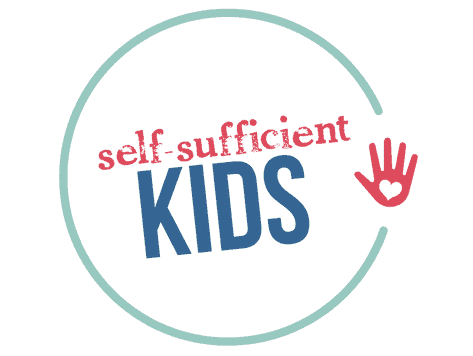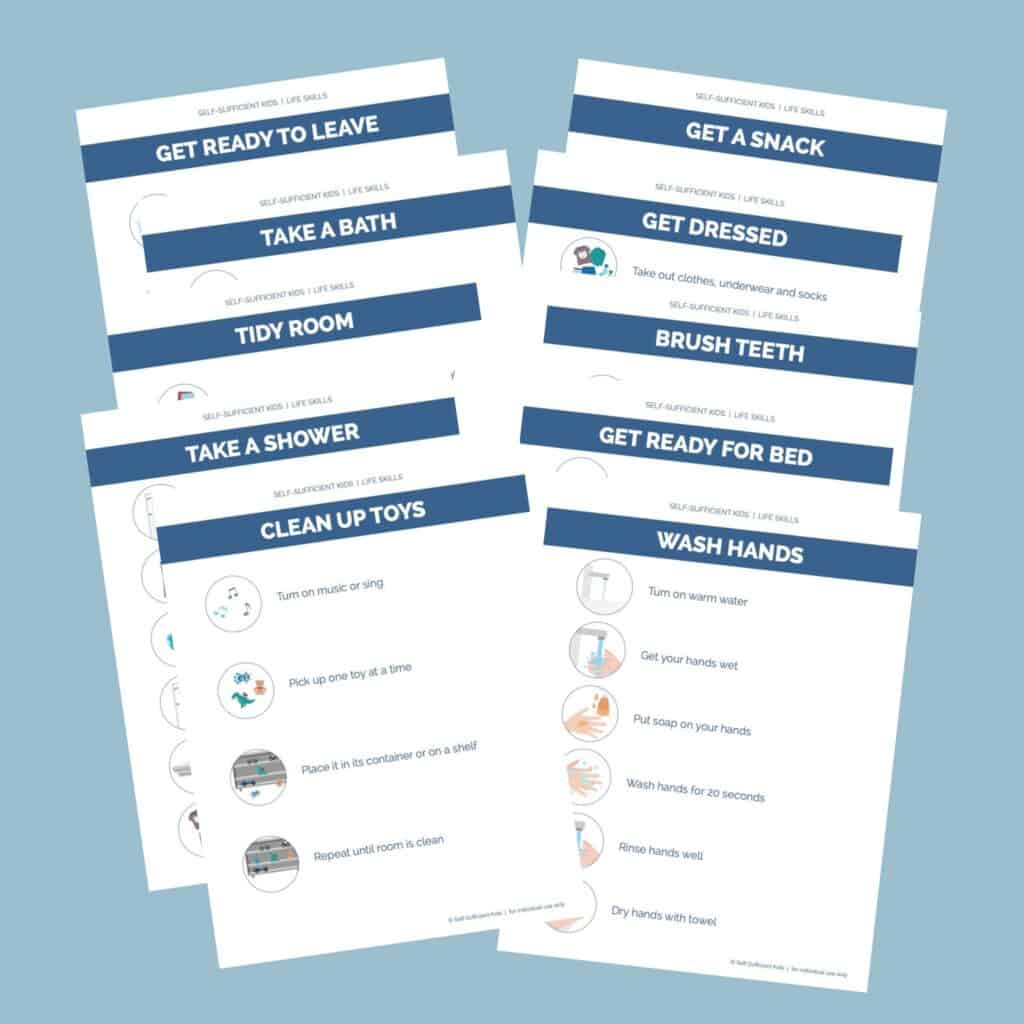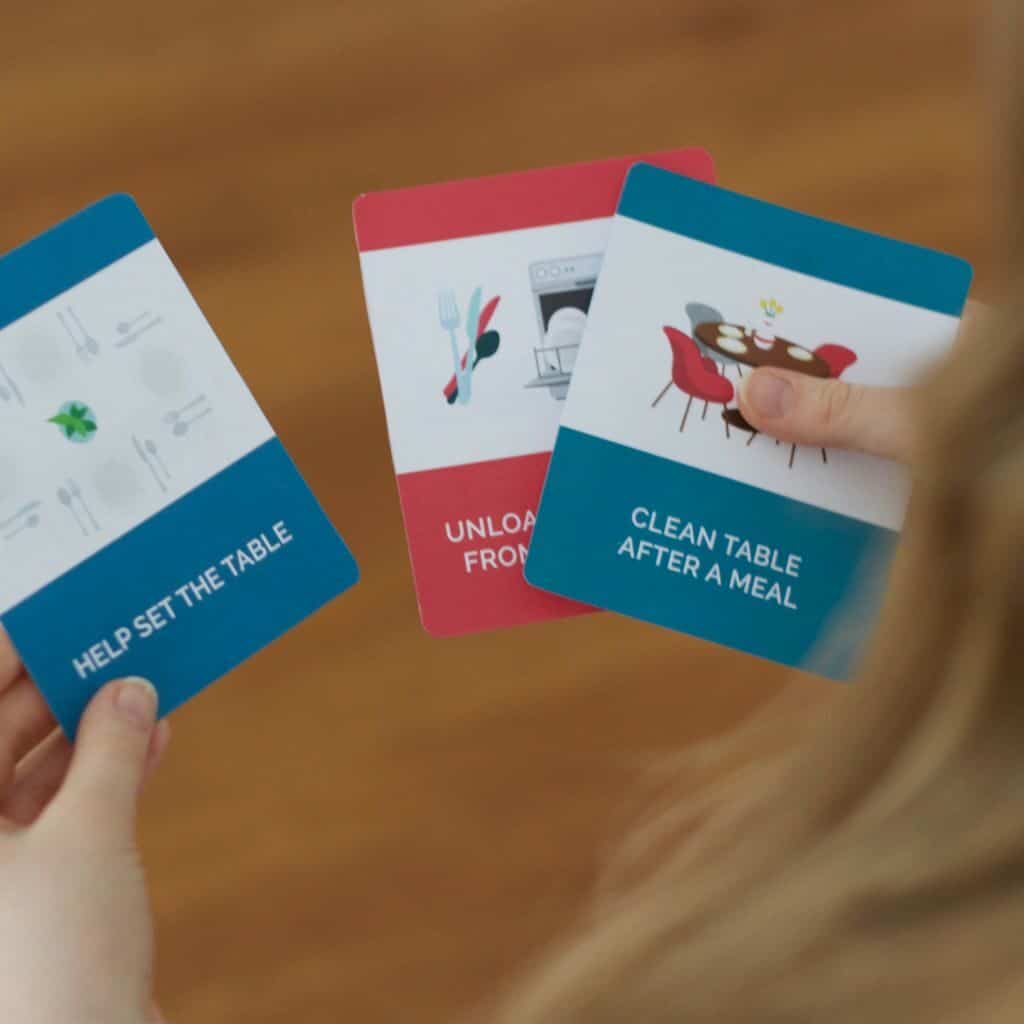How to Raise Responsible Kids Who Want to Help
Raise kids who are responsible and eager to help with this advice.
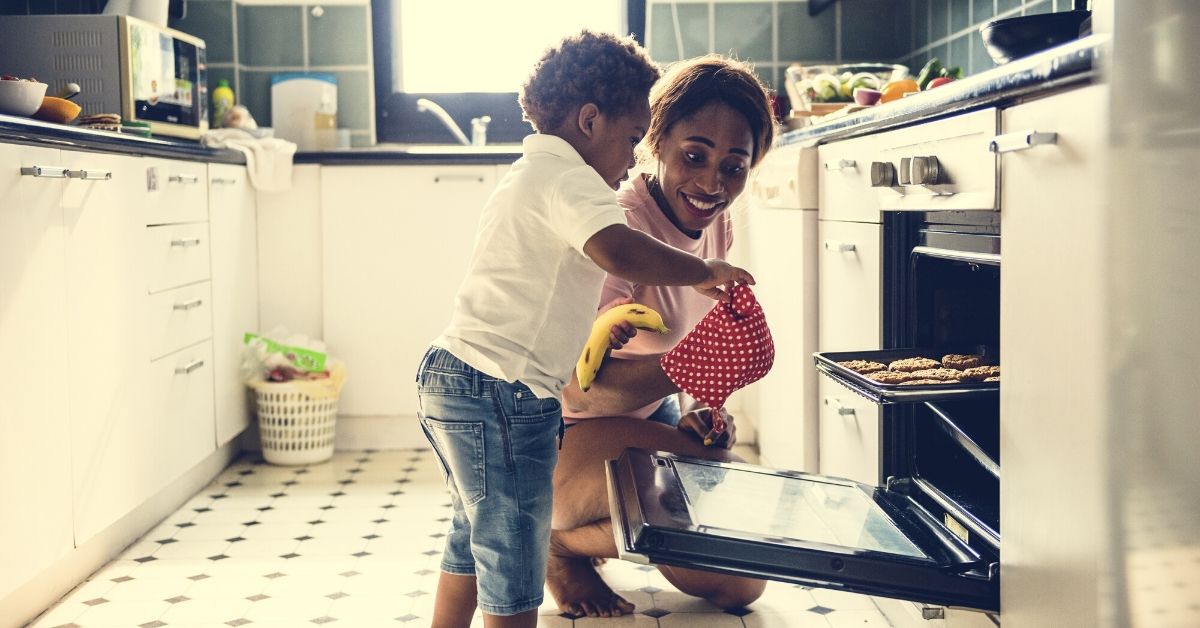
(This post contains affiliate links. If you click on a link and purchase the item, I will receive a commission at no extra cost to you.)
I’m excited to share an excerpt from Heather Turgeon’s and Julie Wright’s new book Now Say This: The Right Words to Solve Every Parenting Dilemma. The purpose of this book is to help parents solve the dilemma: “How can I be empathic and effective at once?” and “What do I actually say?” when faced with parenting challenges. Parents have the best intentions to be patient and loving, but in the heat of the moment, they too often find themselves feeling helpless, desperate, and so frustrated that they resort to yelling, threatening, bribing, or caving. This book hopes to arm parents with the right tools and words to handle tricky parenting situations.
The following excerpts are from the section “Chores and Responsibilities”
A client told us about having dinner at a friend’s home. They had a family with kids visiting from Denmark. After dinner, the Danish kids jumped up and started clearing the table, putting things away, and even loading the dishwasher. As if it was the most normal thing in the world. Of course, our client was dumbfounded and impressed. “Why didn’t I teach my kids to do this? I forgot an entire part of parenting!”
Kids like to be needed. It’s a good feeling to be seen as a capable, contributing member from an early age. Having kids help out often falls by the wayside because it’s easier and much faster to pick up their clothes, prepare the dinner, and clean up the house on our own than to teach and monitor them. For many families, attempts at instilling chores or daily tasks backfire and end up in power struggles and frustration.
You can turn chores and tasks into opportunities to feel good about contributing. Discuss this at family and couples meetings so you can come up with a thoughtful plan rather than having those nagging, helpless feelings that your kids should help out more.
Mommy, Daddy, what can I do to help?
Get in the habit of having your kids ask you every day, “What can I do to help?” (One partner can discreetly prompt the child to say this to the other partner.) You ask too—it’s a two-way street. You’re setting a tone of caring and being attuned to each other’s needs. It’s the opposite of being self-centered. We don’t intend to raise self-centered kids, but if we only focus on their schoolwork, their activities, and their needs, we are doing so unwittingly. It takes a clear intention to add in a focus on “other” to counter all the “me, me” focus inherent in their world.
Assume your child (even your toddler) is capable
Little kids love to help. The problem is that, because they’re messy and uncoordinated, we often don’t include them, so we miss out on the chance to support and cultivate this love when it’s strong. You won’t always be able to include your toddler, but look for opportunities. She can wash the string beans, sort the socks, put napkins and plastic dishes on the table, and so forth. Even if she feels like she’s helping, it counts. You can get (or make) a child’s step stool with safety railings and let your little one rinse vegetables in the sink, stir something, or transfer berries from one bowl to another. She can help you hold your list or an item from it in the store.
In our toddler classes, we’ve learned that even the youngest ones, at thirteen or fourteen months, begin to help with cleanup if we do it a certain way. The key is using an opaque laundry bag (a clear bin makes grabbing the toys back out too tempting) and having the parents start to put the toys into the bag very slowly, one by one. If we do those two simple things, before long, the toddlers start picking up toys and putting them in the bag. It’s fascinating. The hardest part is preventing the parents from scooping up all the toys quickly. It’s exactly the same at home. If you can slow down, be patient, and give them time to imitate you, they will show you what they can do.
Interested in getting your kids started on chores? My four-lesson course will teach you how to get started, avoid nagging & power struggles, and keep your kids motivated. Click here or the image below to learn more.
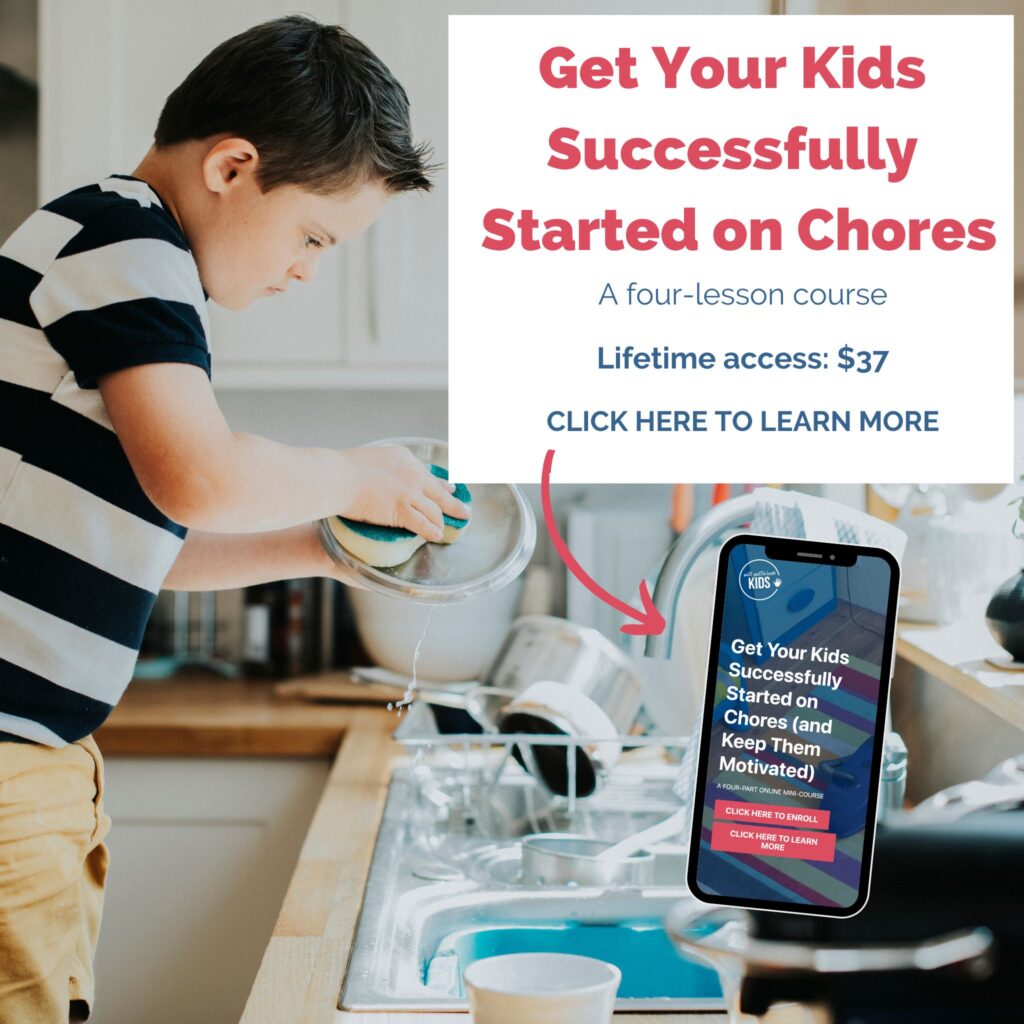
Keep the bar high – you’ll be surprised
We often meet parents who are still doing all kinds of things for their children that the children are very capable of doing themselves, such as helping them all the way to sleep, spoon-feeding them, or getting them all the way dressed. What’s the downside to this? It does not foster independence, and eventually, it can lead to resentment on their part, and yours too. It feels good to kids when they have responsibility for tasks they’re capable of doing.
Once when Julie’s son was nine years old, a friend of hers came over for dinner. When the friend walked into the kitchen, Jack was happily slicing veggies and salmon with a large knife, in preparation for the stir-fry he was making. The friend was terrified, certain he must be breaking a rule. He couldn’t possibly be capable or safe. But he was! He had been cooking from an early age and loved planning and preparing his masterpieces. He had learned how to handle a knife safely. This is an example of where years of patience with spills, undeveloped skills, and mistakes paid off in the long run. Now he’s a college student who cooks most of his own food and saves a ton of money.
Set up the environment for success
Adjust your child’s environment so he can do more on his own when he’s quite young. Place pegs where he can reach to hang his jacket, PJs, towels, and so forth. Relegate a drawer or shelf in the kitchen and fridge with cups, bowls, plates, utensils, drinks, and snacks in a place he can reach. Do the same for clothing, toys, books, and anything else you can think of that will help him be more independent. Preschools provide great examples of these ideas. It’s always amazing to parents to see their kids pouring from little pitchers around the lunch table. You can do the same at home. Start with a little bit of water and watch them master this skill. A colleague showed us a video of her daughter at her preschool at the Mother’s Day lunch. She very carefully poured her mom about a tablespoon of orange juice into a cup. She couldn’t have been more proud of herself!
Do It Together
Little kids love to imitate their parents and older siblings. Use this love to bring them alongside you. Invite him to help you carry the trash out, load and unload the dishwasher, put the clothes in the washer or dryer, or sweep the floor (what toddler doesn’t love to hold a broom?).
Our culture tends to value independence and personal responsibility, but if you really think about what makes us all feel like part of a family or community, it’s helping each other and doing things together. It’s so much more fun that way and we can chat and joke as we work. The job gets done quickly and might not even feel like work. In Heather’s house, they call it “hoteling,” as in making their home look as neat and clean as a hotel room. They put on music and everyone participates until every room is hoteled. One dad we know says to his kids, “Okay, we’re all gonna find ten things to pick up or put away, and meet back in the kitchen when we’re done.” It’s like a race and his kids run around looking for things that are out of place. This also develops the valuable skill of “reading a room.” How many times have you marveled that someone leaves their dishes or clothes out without a clue that they’re even there? It’s not only about learning how to clean up but the consideration of others that’s involved. Use language that portrays the family as a team, whose members each need to do their jobs to solve problems and accomplish goals. For example,
Okay, let’s see, we have to leave the house for Sammy’s soccer game. We’re a team, so what do we need to do to get it all together? I’m going to pack my bag. Sammy, you’re in charge of getting your cleats and water bottle . . .
Help guide your young child through everyday tasks with these Simple Directions for Young Children Cards. Each card serves as a reminder of how to carry out a task and allows children to eventually take on tasks independently. Click here to learn more.
Avoid scolding with mistakes and spills
When someone spills or drops something, it’s a sweet opportunity to rush over and help them. Whether they’re capable of cleaning it on their own, this is still a kind response. When our kids spill or break something unintentionally, not only do they not need to be reprimanded or scolded, they need to be empathized with and helped. They already feel bad enough and they need us to understand that. When they’re grown up and their good friend or loved one has some kind of mishap, how do we hope they will react? These moments are all opportunities to learn and practice a caring way of being.
Stay positive
Resist the urge to correct or criticize when kids are helping. When they’re really tiny, their help is largely symbolic. Your daughter may be digging in the garden “helping” you plant some new flowers or your son may be wielding his toy broom, kicking up dust and having a grand time as he is “helping” you sweep. You can always go back later and get things the way you want them, when your child isn’t there. You can gently show him and teach him, but be careful not to constantly find fault.
Replace nagging with visual charts
Visual charts with pictures and/or words can be extremely helpful. Transferring your family rules about chores and tasks from verbal reminders into a colorful chart can change the dynamic from resistance to “I know what to do—I just look at my chart!” It’s such a relief to not have to nag. You can decide what kinds of charts best suit your family’s needs. We work with many families to design before- and after-school charts, Saturday chore charts, and bedtime routine charts. Have your kids help create them and adjust them as they grow. Then you can just nod or point to their chart instead of asking them for the seventh time to brush their teeth or get their clothes on. These charts and lists can be reviewed and discussed at family meetings. See tools on our website (nowsaythisbook.com) for creating visual charts.
Get your kids started on chores with these cards. They can serve as a visual reminder for kids and make doing chores fun! Click here to learn more.
You may also like:
How to Motivate Kids to Do Their Chores (Without Paying Them!)
How to Get Kids Started on Chores – The Right Way
How to Raise Responsible Kids – Not Just Obedient Ones
6 Tips for Teaching Responsibility to Children – a Step-by-Step Guide
What to do next…
1. Subscribe to Self-Sufficient Kids’ email list.
Like what you read here and want to learn more? Every Thursday I’ll send you one parenting tip about raising self-sufficient kids and creating the peaceful relationship you yearn to have with your child. Click here to sign up.
2. Take one of my quizzes!
Find out if you’re raising a self-sufficient kid (click here) or if you’re doing too much for your kids (click here). At the end of each quiz, you’ll be asked to provide your email address to see the results.
3. Get your kids started on chores.
Learn how to get your child started on chores (& keep them motivated + avoid power struggles) by enrolling in my Get Your Kids Successfully Started on Chores course. Click here to learn more and sign up.

About Kerry Flatley
Hi! I’m Kerry, the mother of two girls and a certified parent educator. I believe it is possible for parents to have a supportive, loving, and warm relationship with their kids while raising them to be independent and ultimately self-sufficient. Over the years, I’ve read numerous books and articles that support this belief and I’ve put these ideas into practice with my own kids. Read more about me and Self-Sufficient Kids here.
